Breathe - Move - Feel - Better
Showing up is the hardest part.
Then, growth happens.
Scroll on the WHITE to navigate the page.
Scroll on the BEIGE to navigate the class listing
Choose CLASSES to register, VIDEOS for the library, & PACKS
for Monthly Subscriptions and The Bhagavad Gita class packages.
Sign-up for my online classes & videos!
Scroll on the beige class list to see future “CLASSES”
Click “VIDEOS” on the green bar to view those
Click “PACKS” on the green bar for Monthly Subscriptions and The Bhagavad Gita By-month and Series options
All online classes offered on Zoom are listed for Eastern Time Zone
All classes have donation pricing
- please choose the amount you’ll pay, even $0Monthly Subscriptions include:
unlimited classes
unlimited videos
$20/hour discount on privates sessions for: Yoga, Breathing/Pranayama, Thai massage, Rolfing/Structural Integration, and Yoga Teacher Mentoring.
-
Yoga & Movement

-
Breath Coaching

-
Thai Massage

-
Structural Integration

Most Recent Blog Posts
Get started with William, today.
In-person and remote options
For in-person sessions, we’ll meet at my home in Decatur, GA. Address provided upon booking.



Silence.
Between all the words, we experience it.
Under all the sounds, we find it.
Beyond all the noise from thought, feeling, and identity, yoga invites us to dissolve into the steadiness of silence. To absorb into silence. To experience union with silence.
My gut keeps telling me to “orbit around silence.”
My heart longs for an “orbit around steadiness, around dependability.”